Moraya re bappa moraya re… can’t get this song out of my mind. Ganpati is not just a religious festival, but a celebration that unites society. That’s what I observed while roaming the streets of Mumbai during the 10-day-long festival. The emotions connected with the arrival and departure of the Ganpati are an experience. After visiting different Ganpati pandals I realised, you don’t have to be a Hindu to experience the love and spiritual connection that Bappa evokes within you.
The birth of Lord Ganesha is celebrated with a lot of enthusiasm. It is so popular that people travel from different states to Mumbai to take part in the 10-day celebration. People bring the Ganpati idol to their homes on the first day, but before that they clean, make rangolis, and decorate their homes with flowers to welcome the elephant god.
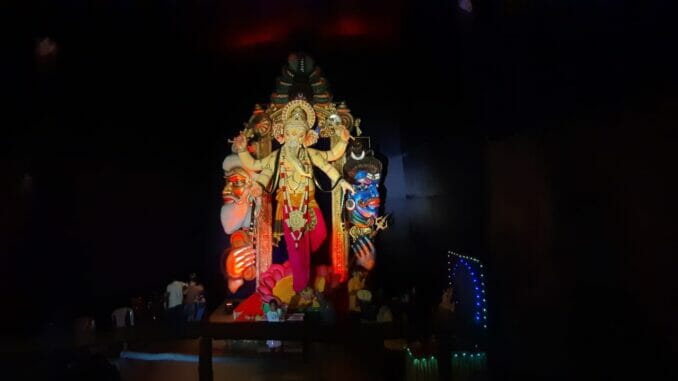
Every day aarti is done in the morning as well as in the evening at pandals as well as at homes. A special delicacy for the festival is modak, which is said to be Ganesha’s favourite sweet. A wide range of modaks are found in sweet shops during this time. However, the traditional ones, popular in Konkan region and Mumbai, are made with sweet coconut filling and a soft white outer cover made with rice flour and steamed to perfection.
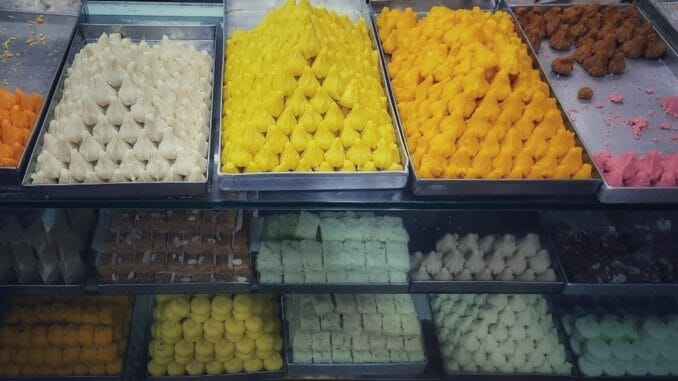
The Dadar flower market is one of the most crowded places in the city. It sees even more crowd during the festival, especially before the first day, people come here with families to buy flowers for decorations and Ganpati puja.
Vandana Tukaram Patre, a flower-seller said, “This year we haven’t made so much profit due to heavy rain. Most of our flowers got spoilt, when they got wet. Earlier we used to sell marigold flowers for Rs 100-200 per kg. But this year we are selling for just Rs 10-20 per kg.”
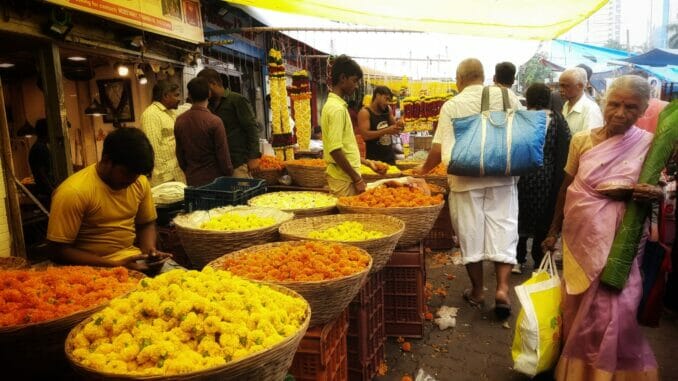
The festival involves lots of dancing, playing dhols, and playing with colours. The city is painted red during the time of the last day which is the Anant Chaturthi. Different groups are seen heading towards the visarjan spots in their own style. Some chant Bappa’s name and some are seen saying Jai Shree Ram. Famous Hindi film songs about Ganpati could be heard everywhere during this time.
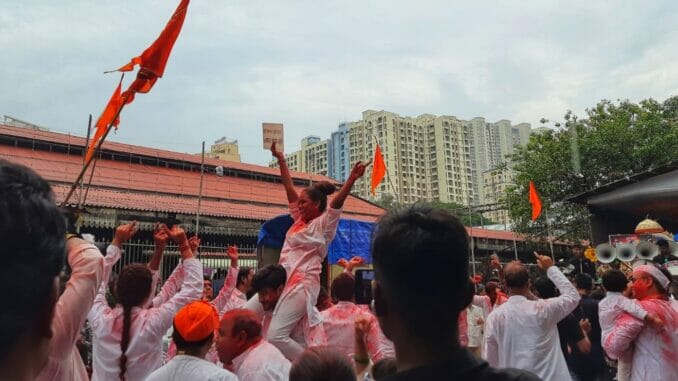
I felt the crowd at peak hours in local trains was nothing, when I saw the crowd during Ganpati Visarjan.
Lalbaughcha Raja, one of the most famous Ganpatis in Mumbai, is known for its long waiting time in the queue for darshan. The visarjan of Lalbaughcha Raja is a procession with thousands of people, who come from far and wide, to say goodbye to him.
This year the procession of Lalbaughcha Raja started at around 11 am on 28th September (the visarjan day) and reached Girgaon beach the next morning for visarjan around 8.30 am.
The Mumbai police managed the crowd on the last day of immersion with 19, 000 police personnel on ground.
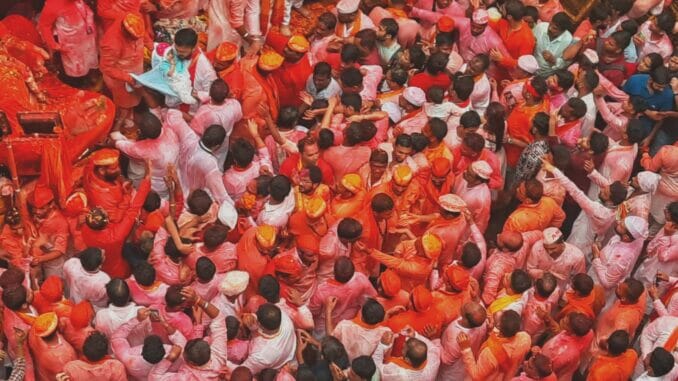
It is not just the people in the processions, who say bye to Bappa, but a large number of residents and visitors stand on terraces and balconies of their homes, waving their hands and offering prayers. On the last day of visarjan, I saw almost every balcony filled with people. Chatting, snacking, enjoying the music and most importantly cheering the crowd on the ground.

Immersions also happened in a calm and less crowded way. Several families bid an emotional goodbye to their family Ganpati. The civic body had made several arrangements on the beach for safe immersions. The BMC also arranged and promoted artificial lakes for visarjan to protect environment.
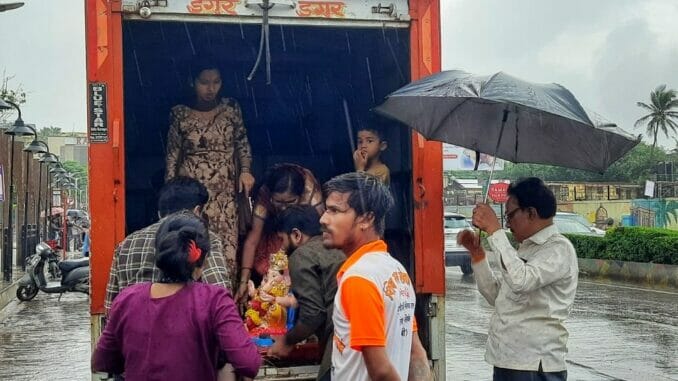
At Juhu Beach, the BMC had arranged for tables for performing the last aarti for Bappa before immersion. Families put tilak, kept sweets for the idol and distributed sweets amongst themselves and bystanders.
While many people celebrate Ganpati for 10 days, several families also keep Ganpati for fewer days and immerse after one and a half or five or seven days. Families also have Gauris for Gauri pujan along with Ganpati.
Families took selfies with the idol before the immersion. The heavy rains did not dampen the enthusiasm of people.
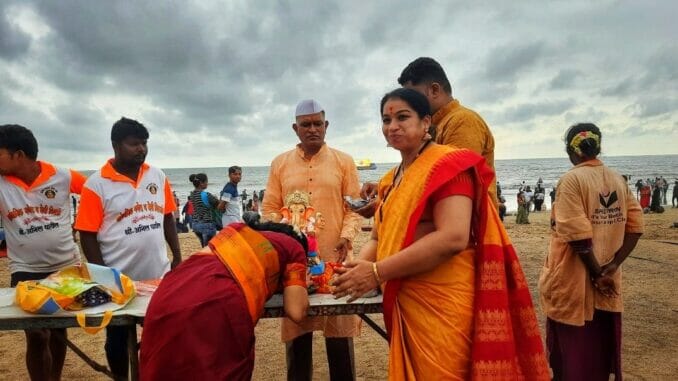
The availability of lifeguards on the beach for visarjan helped several families, who couldn’t go into the deep water for visarjan. This was particularly beneficial for senior citizens, who came for Ganpati visarjan without younger family members.

Everyone has their own unique way of immersion. Some come in small groups and some with large families. While most people were taking the help of life guards, I saw some people going in the sea to immerse the idol themselves.
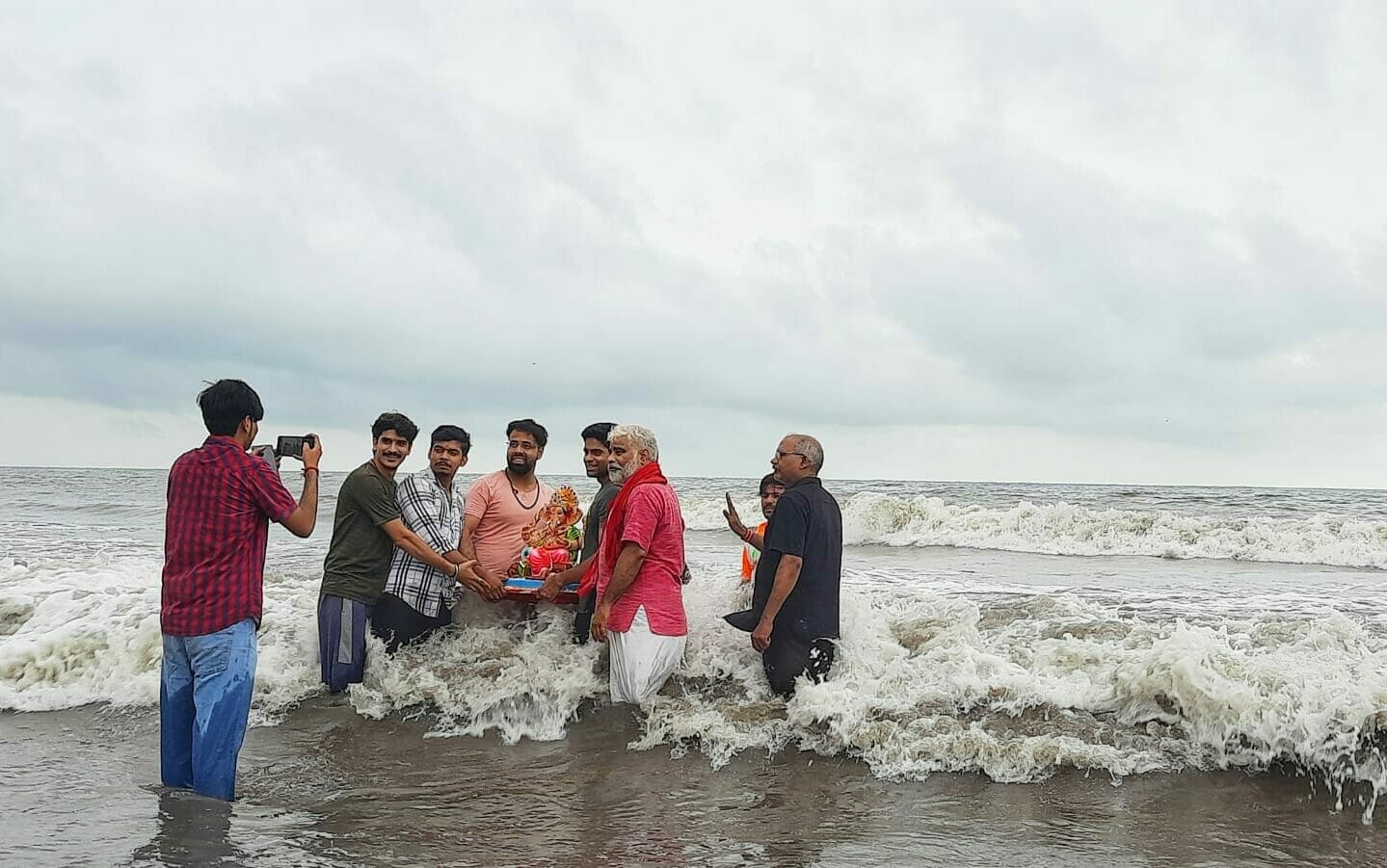
Read more: Mumbai steadily moves towards eco-friendly Ganpati celebrations
This festival is celebrated not just for religious purposes, but also to make a positive impact in the society. Freedom fighter Lokmanya Balgangadhar Tilak started celebrating Ganesh festival to bring people together to resist the British. The idea of initiating social change has continued and different pandals try to create awareness about various issues.
In places like Kethwadi, where there are 14 pandals in a row, it was interesting to learn about the betterment of society while doing darshan.
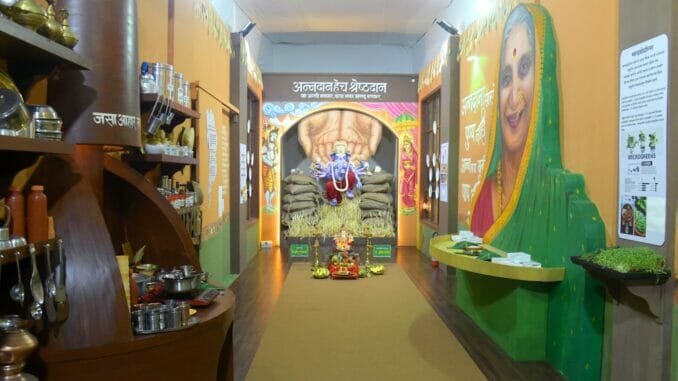
On the last day of the festival, people dance like never before. As they bid goodbye, they pray to Bappa to arrive soon the next year. In these 10 days, Mumbaikars are filled with the emotion of love and spirituality towards lord Ganesh.
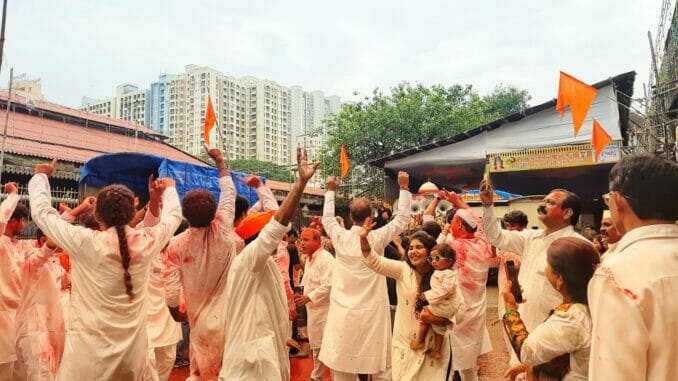
To celebrate Ganpati one doesn’t need to be rich, it’s the joy, love and respect that you feel for Ganpati Bappa and share with friends and families that matters.
As the festival ended, I wholeheartedly joined in with people, who prayed and wished, “Ganpati Bappa Moraya, pudhchya warshi laukar ya” and “Ganpati Bappa Moraya, agle baras tu jaldi aa.”